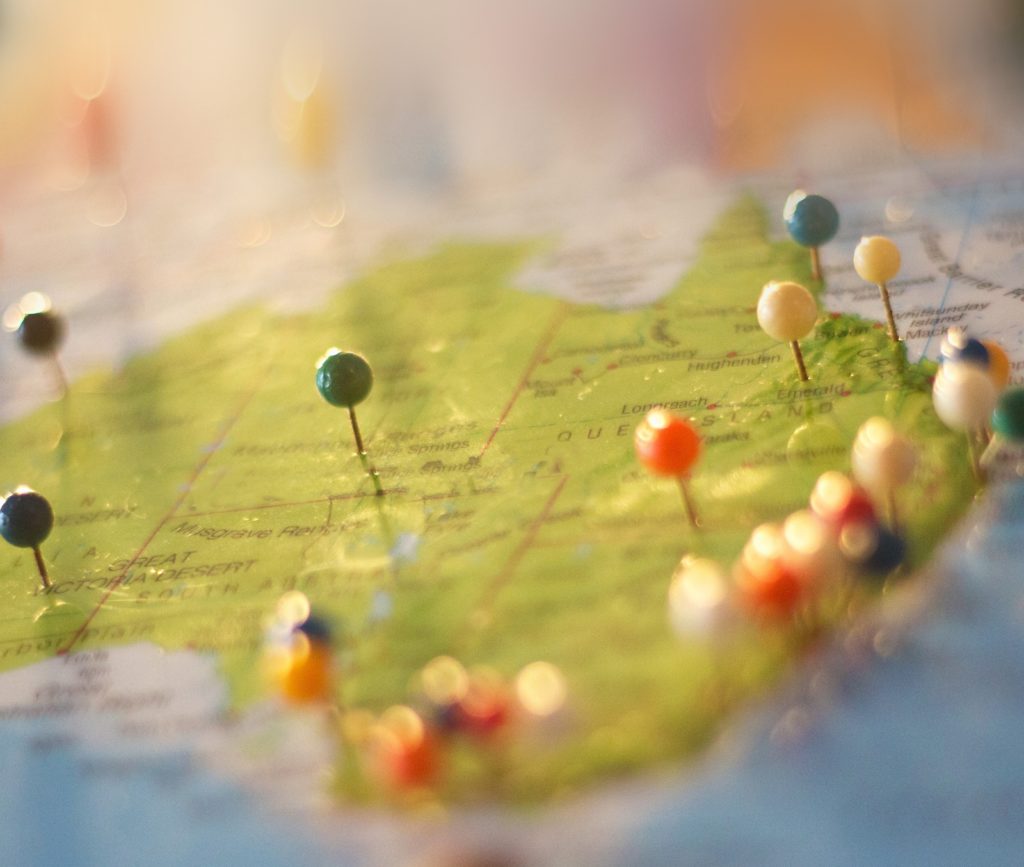At the national levels there is a widespread divergence of interpretation of how international legal frameworks should be to ayahuasca. In order to avoid risks, it is important to know the specific legal situation of each country. This legal map will be updated with new countries regularly.
If you are planning to travel abroad and would like to check the legal status of ayahuasca in the different countries of the world, you can look it up in this ayahuasca legal map. ICEERS and the Ayahuasca Defense Fund (ADF) aim to provide an overview of the legality of ayahuasca by country. DMT, its main active ingredient, is classified as a Schedule I drug under the United Nations 1971 Convention on Psychotropic Substances, meaning that international trade is closely monitored and its use is supposed to be restricted to scientific research and medical use. Natural materials containing DMT, including ayahuasca, are not regulated under the Convention. Although the majority of the world’s nations classify DMT as a scheduled drug, few countries seem to have laws specifically addressing the possession or use of ayahuasca.
“Many plants that contain psychoactive substances with stimulating or hallucinogenic properties, as well as preparations made from those plants, have traditional uses in some countries or regions; for example, some are used in religious rites. Under the 1961 Convention and that Convention as amended by the 1972 Protocol, plants that are the sources of narcotic drugs, such as cannabis plant, opium poppy and coca bush, are subject to specific control measures. In contrast, although some active stimulant or hallucinogenic ingredients contained in certain plants are controlled under the 1971 Convention, no plants are currently controlled under that Convention or under the 1988 Convention. Preparations (e.g. decoctions for oral use) made from plants containing those active ingredients are also not under international control.”
(Art. 284 of the Report of the International Narcotics Control Board for 2010).
This map is currently being updated. Therefore, it is possible that the information of some countries may not be up-to-date. We apologize for any inconvenience caused.

